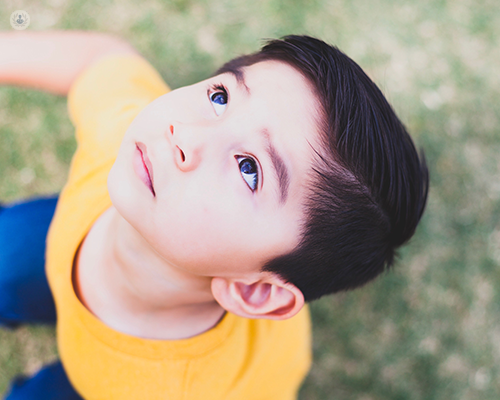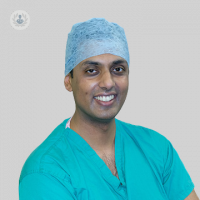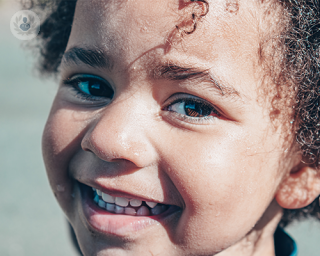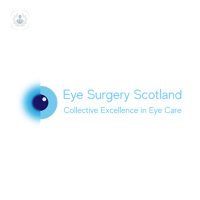Cataracts in children
Mr Imran Jawaid - Ophthalmology
Created on: 11-15-2017
Updated on: 09-19-2023
Edited by: Carlota Pano
What is it?
The lens of the eye is usually clear, allowing it to bend light onto the back of the eye (the retina), which allows us to see. When the lens, or part of the lens, becomes cloudy or opaque, we call this a cataract.
Cataracts distort the light that passes through, causing the signals sent by the retina to form a blurred or distorted image in the brain. If left untreated, cataracts can cause continued deterioration of vision, sometimes even leading to blindness.
While cataracts generally affect older people, babies can be born with them (congenital cataracts), and they can also develop in children (developmental, infantile or juvenile cataracts). Cataracts in children or babies are thankfully rare, affecting an estimated 3 in every 10,000 children in the UK.

What are the symptoms?
Cataracts can occur in one or both eyes in children. In very young children, cataracts can easily be missed, due to no obvious symptoms, although routine eye examinations of babies can catch them. It is important to diagnose and treat cataracts as soon as possible to avoid or reduce long-term vision issues in your child.
Symptoms to watch out for include:
- Cloudy patches in the lens – these can grow and multiply, further affecting the child’s vision
- Poor vision
- Wobbling eyes
- A squint, or strabismus (eyes pointing in different directions)
What causes cataracts in children and babies?
It is often unknown what causes cataracts in many cases.
Possible causes of congenital cataracts include:
- Genetics: A faulty gene from the parents may cause the lens to develop in an abnormal way.
- Other genetic conditions, e.g. Down’s syndrome
- Infections during pregnancy, e.g. rubella, chickenpox
Possible causes of acquired, or juvenile cataracts include:
- An eye injury after birth
- Conditions like diabetes and galactosaemia have been linked to cataract formation
- Toxocariasis – a rare parasitic infection that passes from animals to humans via faeces. This can sometimes infect the eyes, and can cause cataract formation.
How can it be prevented?
It is not usually possible to prevent cataracts, as the causes are generally out of our control, particularly if there is a genetic factor. However, making sure you are up to date with your vaccinations before pregnancy, and following your doctor’s advice during pregnancy can help to minimise risks.
What is the treatment?
In many cases, childhood cataracts are not serious enough to impede vision, but in cases where they are, cataract surgery is usually recommended to remove the lens and either replace it with an artificial lens inside the eye, or have the child wear glasses or contact lenses to do the job of the missing lens (these options are more common for children than an implant).








